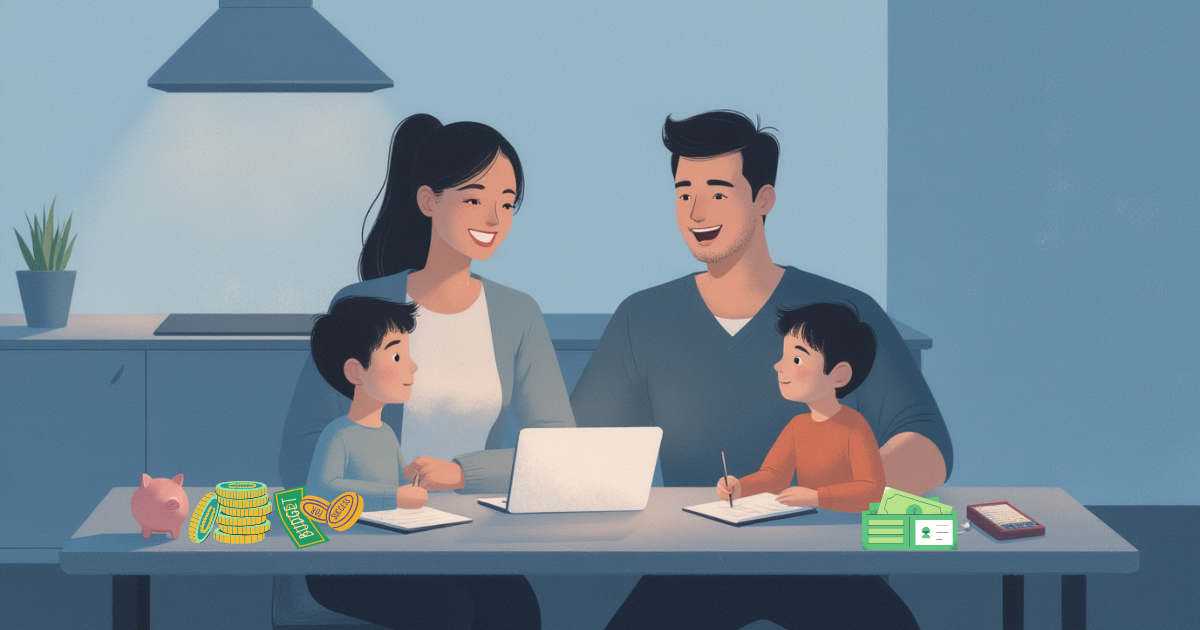5 Techniques to Calm Down an Angry Kid
Table of Contents
Helping children manage their anger is a challenge every parent or caregiver faces at some point. Emotional outbursts, tantrums, and moments of frustration are part of growing up, but they don’t have to dominate your interactions with your child. This guide will walk you through five effective techniques to calm down an angry kid, equipping you with practical tools to diffuse tension and nurture emotional growth.
Why Managing Anger in Kids Matters
The Impact of Uncontrolled Anger
Uncontrolled anger can affect more than just a child’s mood. Left unchecked, it can lead to poor academic performance, social struggles, and long-term behavioral issues. Kids who lack emotional regulation skills may lash out at peers, struggle to follow rules, or become withdrawn and anxious.
But here’s the good news: teaching kids how to calm themselves fosters resilience, improves relationships, and builds a foundation for a healthy emotional life.
The Benefits of Teaching Calmness
Calm Down an Angry Kid
Helping your child manage anger doesn’t just resolve the immediate issue—it’s a life skill. Calmness fosters problem-solving, encourages empathy, and reduces stress. Plus, it strengthens the bond between you and your child, making discipline and communication smoother over time.
5 Proven Techniques to Calm Down an Angry Kid
1. Teach Deep Breathing Exercises
When anger takes over, a child’s breathing often becomes rapid and shallow. Teaching them to control their breath can quickly reduce tension. Here’s how you can help:
- Try the “4-7-8 Method”: Have your child inhale through their nose for 4 seconds, hold their breath for 7 seconds, and then exhale slowly through their mouth for 8 seconds.
- Bubble Breathing: Pretend you’re blowing bubbles. Encourage your child to take a deep breath and exhale slowly, imagining the bubble floating away.
These exercises calm the body and redirect focus, making them easy to use in the heat of the moment.
2. Create a Calm-Down Kit
A calm-down kit is a collection of items designed to help your child self-soothe. Think of it as a go-to resource for those challenging moments.
What to Include in Your Kit:
- Stress Balls or Fidget Toys: Perfect for releasing pent-up energy.
- Coloring Supplies: Crayons, markers, or even a favorite coloring book can distract and calm your child.
- Feelings Chart: A laminated chart with faces showing different emotions can help your child identify what they’re feeling.
Having this kit accessible encourages your child to take control of their emotions independently.
3. Use Positive Reinforcement and Acknowledge Feelings
Calm Down an Angry Kid
When your child calms down or uses a technique you’ve taught them, celebrate their success.
How to Implement Positive Reinforcement:
- Offer specific praise: “You did an amazing job taking deep breaths when you were upset.”
- Use rewards sparingly for consistent progress: For example, a sticker chart that tracks calm behavior can motivate young kids.
Why Acknowledging Feelings Matters
Statements like, “I see that you’re really angry right now, and that’s okay,” validate your child’s emotions. This teaches them that feeling upset is normal but managing those feelings is the goal.
4. Introduce Mindfulness Techniques
Mindfulness helps children stay grounded, even in emotional storms. Simple exercises can be incredibly effective:
Age-Appropriate Mindfulness Activities:
- Guided Visualization: Ask your child to close their eyes and imagine a peaceful place, like a beach or a forest.
- Body Scan Exercise: Encourage them to notice each part of their body, from their toes to their head, relaxing as they go.
Using mindfulness apps like Calm or Headspace can make this practice even easier to integrate into your routine.
5. Establish a Safe Space
A designated “calm corner” can provide your child with a physical space to cool down.
What to Include in a Calm Corner:
- Cozy cushions or a beanbag chair.
- Books about emotions or calming activities.
- Noise-canceling headphones or a white noise machine for a soothing environment.
When your child feels overwhelmed, guide them to this space and encourage them to stay until they feel ready to talk.
Calm Down an Angry Kid
Real-Life Example: The Power of the Calm-Down Kit
Imagine this: Your child is in the middle of a meltdown because their sibling took a toy. Instead of escalating the situation, you hand them their calm-down kit. They pick up their favorite stress ball, take a few deep breaths, and sit down to color.
Within minutes, the tension dissipates, and you’re able to discuss the problem calmly. This scenario isn’t just a dream it’s the reality many parents experience after implementing these techniques.
Calm Down an Angry Kid
Quick Reference Table: Tools for a Calm-Down Kit
| Item | Purpose | Example |
|---|---|---|
| Stress ball | Redirects physical tension | Soft squeeze toys |
| Coloring supplies | Encourages focus and calm | Crayons, markers |
| Mindfulness cards | Teaches self-regulation | Affirmation cards for kids |
| Soothing audio | Calms the mind with sounds | Relaxing music playlist |
FAQs About Calming Angry Kids
Q: What is the most effective way to calm an angry kid?
A: Techniques like deep breathing, calm-down kits, and mindfulness exercises are highly effective. However, consistency and patience are key to seeing results.
Q: How can I help my child identify their emotions?
A: Use tools like a feelings chart or emotion cards. Encourage them to express themselves with phrases like, “I feel sad because…”
Q: At what age can kids learn mindfulness?
A: Even toddlers can benefit from basic mindfulness activities like breathing exercises, while older kids can engage in guided meditations or visualizations.
Q: Can calming techniques work for older kids too?
A: Yes! For older children and teens, consider journaling, more advanced breathing exercises, or even yoga as effective methods.
Conclusion :Calm Down an Angry Kid/ Building Lifelong Emotional Resilience
Anger is a natural part of childhood, but it doesn’t have to control your family dynamics. By teaching your child these five calming techniques, you’re giving them tools that will serve them for a lifetime.
Start small. Choose one method to implement this week and build from there. You’ll not only notice a difference in your child’s behavior but also strengthen your bond as they learn to trust and rely on your guidance.
Take the first step today help your child unlock their ability to calm down and grow emotionally.







